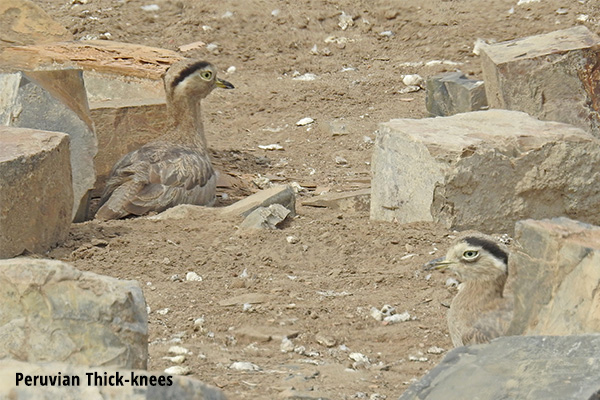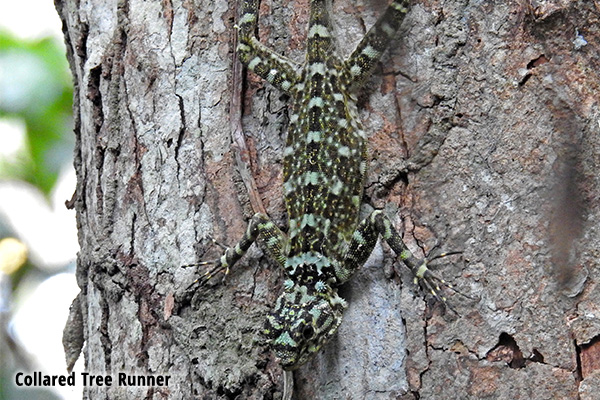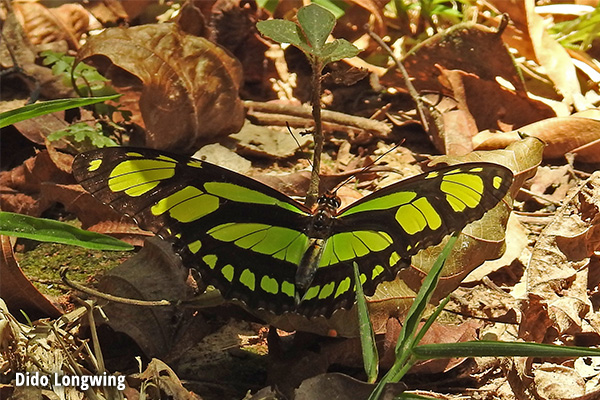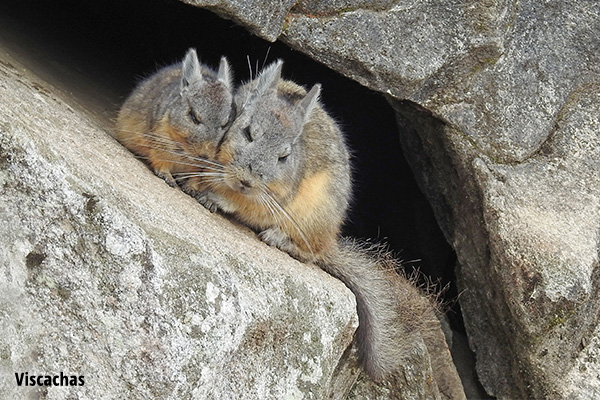
At the temple of Pachacamac archaeological site in the Peruvian desert south of Lima with hundreds of visitors daily, five Peruvian Thick-knees rested motionless in a roped off area about 4-5 metres from the crowds. These shorebirds of arid desert-like habitats made their home in the rubble of ancient buildings dating back to 800 CE. We knew they were there but could hardly pick them out. Their large eyes give a clue that they’re nocturnal, and because they’re active at night much of their behaviour is a mystery.

In the jungle of the Peruvian Amazon we found the Collared Tree Runner, known locally as Plica plica. It blended in perfectly on the bark of a tree. Active during the day high in trees, this lizard only comes down to the ground to lay its eggs.

The Dido Longwing is a large graceful butterfly found in the Amazon where it flies in the shadows of tall mature trees looking to feed on nectar.

Machu Picchu is one of the top archaeological wonders of the world. Perched high in the Andes, this was once home to hundreds of Incas in pre-Hispanic times. Today, thousands of visitors pass through daily, fascinated by Inca culture and the beauty of the site. Yet, how many notice the Viscachas, the modern residents of Machu Picchu resting quietly among the slabs of the ancient buildings? Here, a mother takes care of her young. Viscachas are closely related to Chinchillas and resemble large rabbits with a long bushy tail.
Quest Nature Tours is looking forward to the next Highlights of Southern Peru tour in October, 2017. Request a detailed itinerary here.



